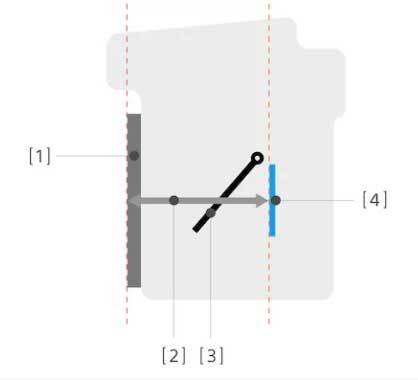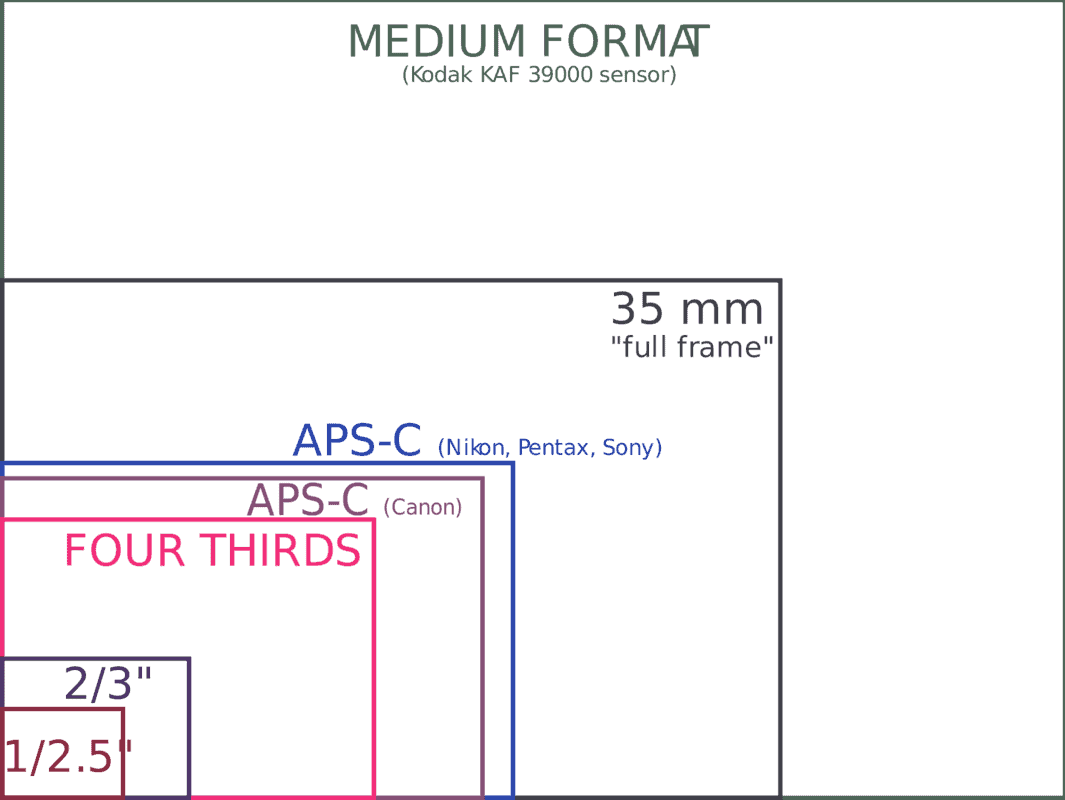Buying lenses and cameras can be confusing because there is such much jargon around. And when it comes to specific manufacturers like Sony, you have to try to understand their technology as well.
So, in this post, I want to clearly and simply explain the main differences between the Sony A and E Mounts. They are both featured on a huge and impressive range of cameras from Sony, but they are actually quite different systems.
Ready to get your learning hat on? Let's go...
Different Types Of Cameras
Fundamentally, the A Mount was designed for Sony's DSLR cameras. That is, cameras with a mirror inside them.
The Sony E Mount system was designed instead to suit the more compact and lighter mirrorless style cameras that are slowly taking over the photography world. (Yes, we can debate this).
Note about NEX vs E mount: Sony originally used the E mount of the NEX cameras and have since used it across a whole range of cameras like the A6000 range. So, in short, the NEX mount and E mount are the same thing.
If you take a look at Sony's visual interpretation of these systems you can quickly see what the big difference is.
These mounts have to accommodate lenses that are placed quite differently relatively to the sensor, which is why things are so different.

Sony A Mount on a DSLR with the sensor in blue, the mirror in black

Sony E Mount on a mirrorless camera with the sensor in blue
Sensors & Lenses
Although both of the mounts are quite different, they can both be used with full frame (35mm) and APS-C sensors. So, when you head out in the wild (so to speak) you will see Sony's of various types with one mounting system or the other.

Camera Sensor Format (Relative Sizes) - Courtesy of Wikicommons
This also makes things more interesting and flexible because you can re-use lenses amongst the same mount systems even if the sensors are different sizes.
Sony FE vs E Lenses (Same E Mount)
A full frame lens for the E-mount will have an "FE" designation on the lens. This is because the lens is wider to accommodate the larger sensor (it needs more light to fill the sensor). However, because the APS-C is quite a bit smaller, you can still use the FE lenses on an APS-C camera. In fact, it's often a great idea because the center of the lens is sharper and has less distortion, so the APS-C will use more of the best part of the lens.
You can also do the reverse, and use E designated lenses on a full frame E mount camera, the only thing is, you will end up with a severely cropped image. Possible? Yes. A great idea? Probably not in most cases.
So, long story short: E Lenses are intended for the E-mount cameras with APS-C, while the FE lenses are meant for the full frame E-mount cameras.
Sony A Lenses (DT Lenses vs Full Frame)
The same thing happens with the Sony A mount system. There are two types of lenses. Those for full frame, that have no designation at all (unlike the FE on the E mount) and the DT lenses that are intended for the APS-C cameras.
Mount Adapters
To make things even more flexible, some people choose to use a lens adapter for their more expensive lenses to save on having to buy them again.
Sony sells an A mount adapter for E mount cameras so you can make use of your A mount lenses.


